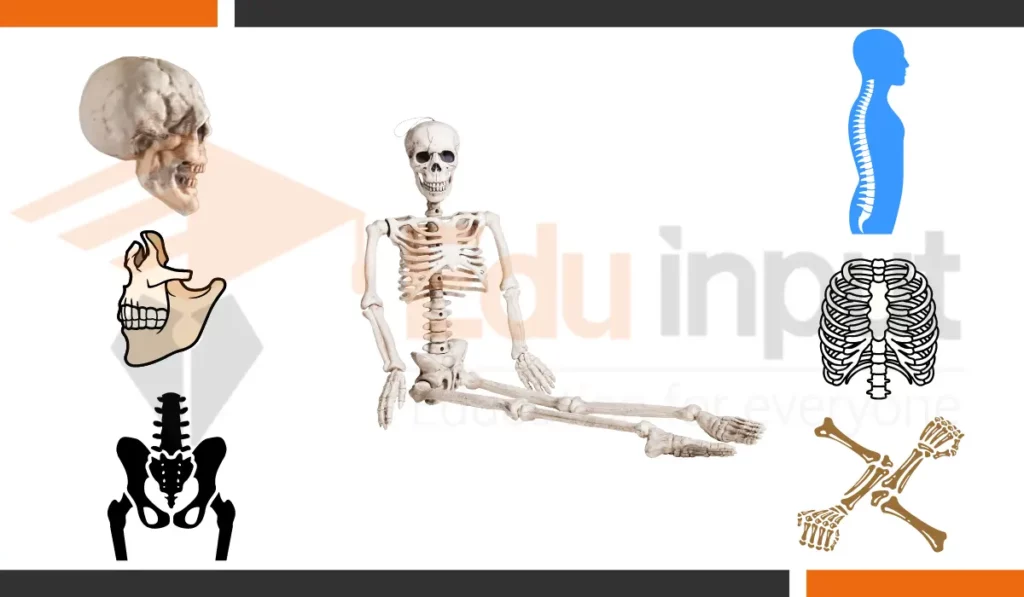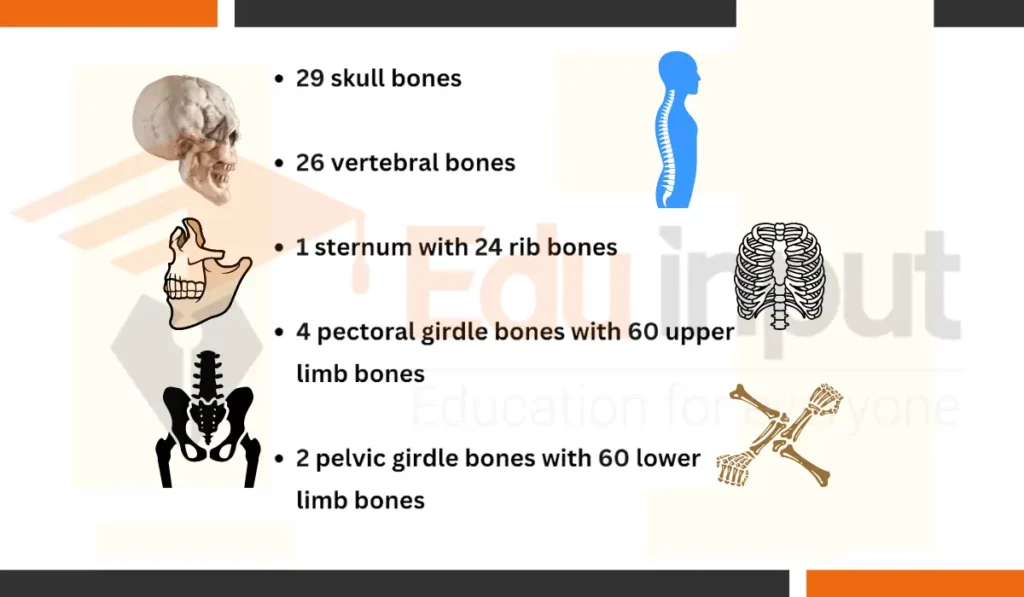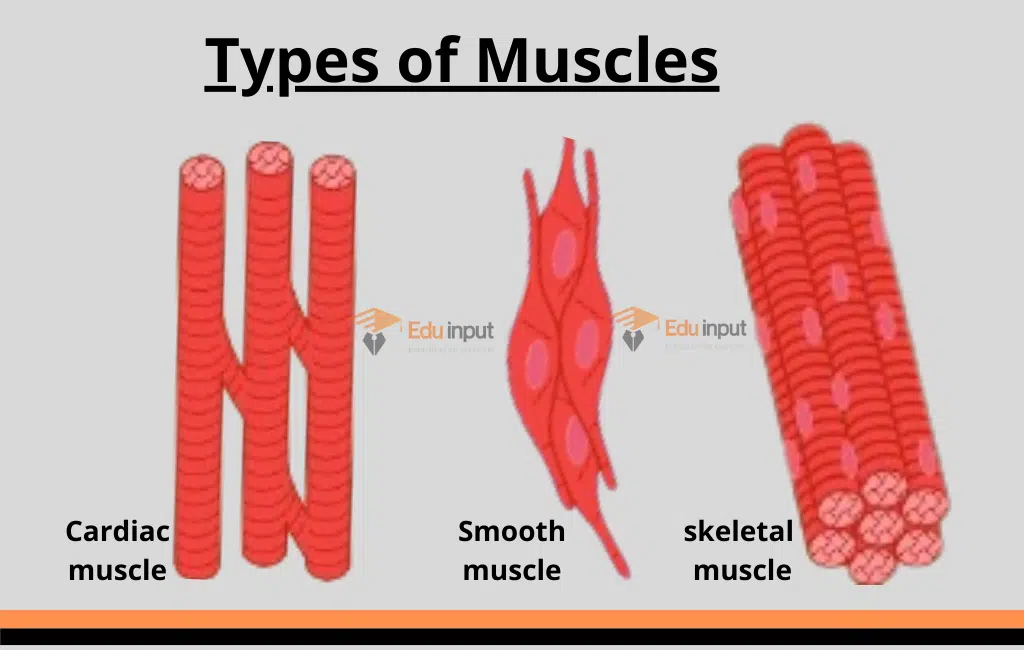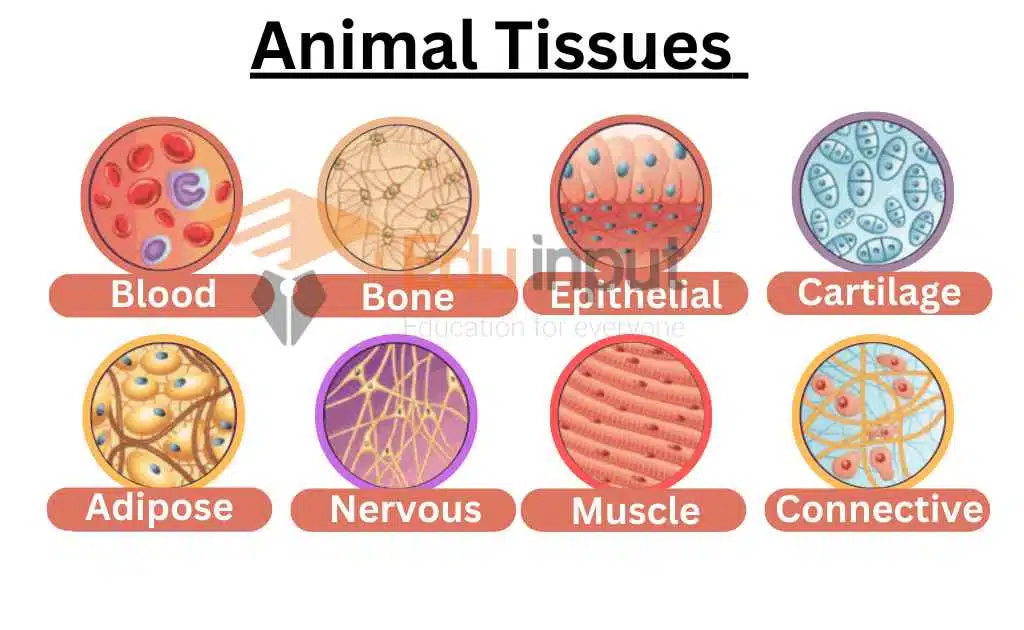206 Bones In Human Body
The human body relies on its intricate system of bones in human body to support movement, protect vital organs, and provide a framework for our entire structure. These bones in human body number around 206 in adults. They form the skeleton. They are also involved in locomotion, protection, blood cell production, and even mineral storage.

Bones In Human Body
Bones In Human Body are categorized into two main divisions: the axial skeleton and the appendicular skeleton.

1. Axial Skeleton (80 bones):
Skull (22 bones):
22 bones forming the head, including cranium and facial bones.
Cranial bones (8)
- Occipital bone (1)
- Parietal bones (2)
- Frontal bone (1)
- Temporal bones (2)
- Ethmoid bone (1)
- Sphenoid bone (1)
Facial bones (14)
- Lacrimal bones (2)
- Maxillae (2)
- Nasal bones (2)
- Palatine bones (2)
- Zygomatic bones (2)
- Inferior nasal concha (2)
- Mandible (1)
Ear bones (6):
- Malleus (2)
- Incus (2)
- Stapes (2)
Chest (25 bones):
- Sternum (1 or 3)
- Ribs (24, in pairs)
- Cervical ribs (occasional)
Spine (26 bones):
- Cervical vertebrae (7)
- Thoracic vertebrae (12)
- Lumbar vertebrae (5)
- Sacrum (5 fused vertebrae)
- Coccyx (1 or 4 fused vertebrae)
2. Appendicular Skeleton (126 bones)
Pectoral girdles (4 bones):
- Clavicle (2)
- Scapula (2)
Arms (60 bones):
- Humerus (2)
- Radius (2)
- Ulna (2)
- Carpals (16, 8 in each wrist)
- Metacarpals (10, 5 in each hand)
- Phalanges (28, 3 in each finger and 2 in each thumb)
Pelvic girdle (2 hip bones):
Each hip bone is formed by the fusion of three separate bones: ilium, ischium, and pubis.
Legs (60 bones):
- Femur (2)
- Tibia (2)
- Fibula (2)
- Patella (2)
- Tarsals (14, 7 in each ankle)
- Metatarsals (10, 5 in each foot)
- Phalanges (28, 3 in each toe and 2 in each big toe)





Leave a Reply